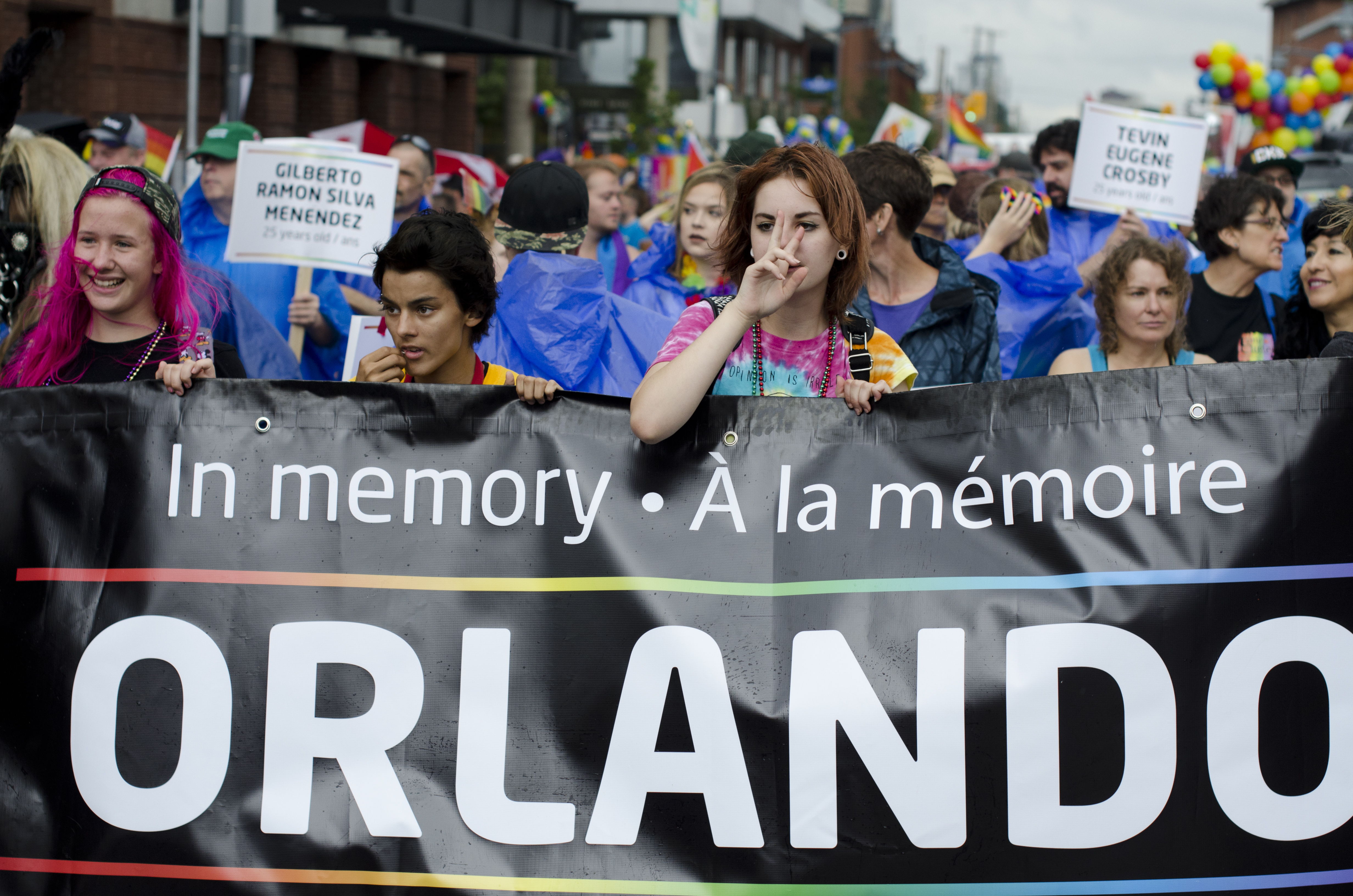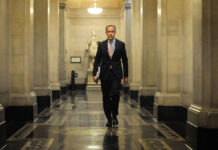Despite a heavy downpour during Ottawa’s Capital Pride parade, demonstrators and parade bystanders brought out the rainbow on Aug. 21.
Ottawa students marched together behind a float hosted by the Canadian Federation of Students (CFS), alongside several other organizations and groups to support Pride.
“It was really great to see so many kinds of groups coming together for such an important celebration,” said Bilan Arte, the national chairperson of the CFS. “I hope that people think back beyond the major amounts of sponsorship that we see today to think about the critical and political roots of Pride.”
Carleton students also marched, including members of the Carleton University Students’ Association (CUSA), the Graduate Students’ Association (GSA), and the Rideau River Residence Association (RRRA).
The GSA and the Student Federation of the University of Ottawa (SFUO) collaborated on a Pride float alongside other Ottawa student unions.
The unions “banded together” to create a joint float in the form of “a truck with speakers,” according to GSA president Debbie Owusu-Akyeeah.
An emotional tribute to the 50 people killed two months ago in an Orlando gay nightclub shooting was a main focus of the parade. A crowd of marchers held a large banner with the words “In memory of Orlando,” along with several marchers holding signs with the names and ages of each victim of the shooting.
Tammy Dopson, a spokesperson for Capital Pride, said recent global events are a reminder that the LGBTQ+ community still has significant obstacles and discrimination to overcome.
“The dialogue that is ongoing has to continue and it has to get louder,” she said.
A small group of Black Lives Matter supporters entered the parade route and used a megaphone to chant “Black Lives Matter,” and “Trans Lives Matter.”
Capital Pride organizers were aware that Black Lives Matter wanted to make a statement at the event even though the group was not originally planned to be part of the parade, according to Dopson.
“Our parade [was] born a protest and I think their message needs to be heard as much as anybody’s,” she said.
Arte said the parade gives queer communities and their allies an opportunity to come out and talk about problems that are affecting them. One of these key issues was police participation in Pride parades.
Last month, members of the black community in Ottawa called on police officers to leave their uniforms at home if they planned to march in Capital Pride, according to Metro.
“That uniform carries a lot of history of systemic violence, of oppression, and the enforcers of state policies whom not long ago were criminalizing homosexuality, criminalizing queer communities and continue to criminalize and devalue communities of colour, especially black people,” Arte said.
She said Capital Pride needs to ensure that the presence of police isn’t going to make members of the LGBTQ+ community feel unsafe.
Dopson said the police were made aware of these concerns, but that Pride organizers did not ask police to march in the parade without a uniform.
“The moment you start dictating how any individual or organization should appear in the parade, you start down a very slippery slope,” she said.
However, Arte said officers need to acknowledge a history of violence in the police force.
“Regardless of their intention, their very presence in uniform can be very triggering,” Arte said.
Despite the controversy, Ottawa police officers joined the march, squirting bystanders with water guns.
Ottawa’s Mayor Jim Watson also marched in the parade alongside an OC Transpo bus covered in Pride flags and disco balls.
[tribulant_slideshow gallery_id=”29″]






